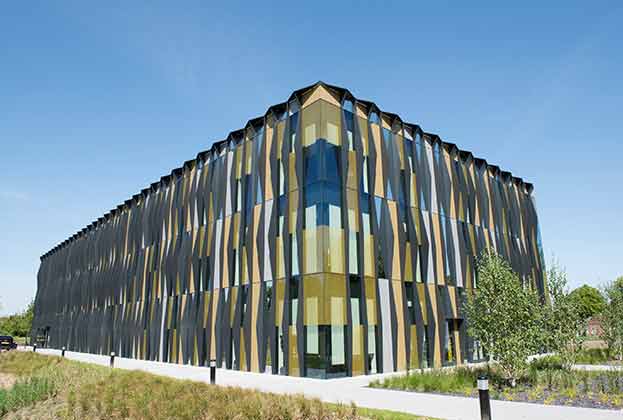One of the greatest opportunities for economic growth in Europe?
1. In addition to the current pipeline, we have estimated that land for an additional 680,000 homes, 9.6 million sq. ft. of office space and 69 million sq. ft. of warehouse space needs to be identified and delivered by 2050. Based on current development densities, this amounts to at least 23,000 hectares of land. However, these are not the only pressures on land use. Offsetting the environmental impact of this development will be a key part of ensuring the arc is sustainable.
2. There is a need for joined-up planning across the arc to ensure its potential is fully realised. A strategic plan needs to extend across all local government areas within the functioning economic area, with consistency over time. It should consider and plan for the optimum spatial relationships amongst housing, employment and transport investment, to facilitate sustainable development. Re-examining the role of green belt in achieving sustainable development will inevitably be part of that spatial planning.
3. The pattern of future growth will be concentrated in the centre of the arc. This area has the greatest potential for rapid expansion, aided by fewer land constraints, intersections of new infrastructure with links to London and Birmingham, and the creation of a new STEM-focused university in Milton Keynes. Growth will be delivered both from densifying existing urban areas, and from new settlements and urban extensions.
4. To maximise inward investment in the arc, commercial development needs to focus on creating the appropriate dedicated eco-systems to cater for key growth sectors. Space needs to be specific and targeted for the key specialities of the different economic centres within the arc. Creating specialist clusters will be more attractive to inward investment and ultimately corporate occupiers. City regions and the ten universities in the arc have an important role to play in creating this vision.
5. In order to build the number of homes needed to support economic growth, housing development will have to diversify and innovate. Developers will have to provide a range of tenures to reach the required levels of market absorption, and new homes will need to accommodate workers on a wide range of incomes. We anticipate long term strategic partnerships between developers, investors and housing associations will be a key part of the solution.
Read the articles within The Oxford-Cambridge Innovation Arc below.


.jpg)




.jpg)
